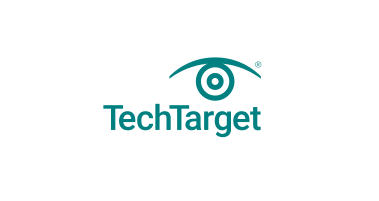Email security is a critical aspect of ensuring the availability, integrity, and authenticity of email communications. With billions of people and organizations relying on email as a primary means of communication, it has become a prime target for malicious attacks. To counteract these threats, various email security protocols and gateways have been developed, aiming to protect against unauthorized access and email threats.
One of the most common email attacks is phishing. In a phishing attack, cybercriminals send deceitful emails that appear legitimate in order to trick users into revealing sensitive information like usernames, passwords, and bank account details. Phishing can take many forms, including spear phishing, which targets individuals, and whaling, which targets high-ranking individuals within organizations.
Another type of attack is email spoofing, where attackers alter the sender’s address in an email header to mimic a trusted source. This tactic aims to deceive recipients into thinking the email is genuine and can lead them to disclose sensitive information, click on harmful links, or download infected files. Spamming is also a prevalent email threat, where unsolicited and irrelevant messages are sent in bulk to promote goods, services, or websites. These messages can be annoying and may contain phishing attempts or links to malicious websites.
Malware delivery is another significant email threat. Malware, or malicious software, is designed to harm or exploit computers and computer systems. It can take various forms such as viruses, worms, ransomware, and spyware. Business email compromise (BEC) is a type of attack in which hackers manipulate or deceive businesses, organizations, or individuals into sending money, sharing sensitive information, or taking other actions that benefit the attacker. Ransomware is a malicious attack where attackers use malware to encrypt files and systems, demanding a ransom for their release.
Man-in-the-middle (MitM) attacks involve intercepting and controlling messages between two parties who believe they are communicating directly. This form of eavesdropping allows the attacker to control the conversation. Data exfiltration is an advanced email attack where sensitive data is illicitly stolen from an organization’s email system.
Despite the evolution of email security measures, email communications are not foolproof. The lack of secure transport mechanisms in the original implementation of email protocols leaves connections vulnerable to interception and unauthorized reading. Additionally, email messages are often stored in an unencrypted format on email servers, making them accessible to system administrators. The use of usernames and passwords to secure user email accounts is also insufficient, as modern email threats exploit data breaches and use brute-force methods to gain access.
Email insecurity is further compounded by the lack of guaranteed authenticity. Attackers can easily spoof email addresses to make fraudulent emails appear legitimate, increasing the likelihood of phishing attempts and spam phishing attacks. These vulnerabilities highlight the importance of implementing robust email security measures.
Secure email communications are vital for businesses, as email is a fundamental tool for internal and external communication. A lack of access due to a denial-of-service attack can disrupt business operations, while spam can fill up inboxes and lead to phishing attacks. Email often contains sensitive data that must be protected from unauthorized access. Ensuring the authenticity of corporate email is crucial to prevent fraud, such as BEC attacks. Compliance with regulations like the EU’s General Data Protection Regulation and the US’s Health Insurance Portability and Accountability Act also requires secure email communications.
Implementing email security technologies and best practices offers several benefits for businesses. These include ensuring the availability of email services, establishing trust through email authenticity measures, preventing fraud by identifying potential risks, limiting malware transmission, protecting against phishing attacks, and offering real-time defense against zero-day exploits.
To improve email security, individuals and organizations can enforce encrypted connections to ensure endpoint security. Encrypting email messages provides an additional layer of privacy and protection against unauthorized information disclosure. Creating strong passwords that include a combination of letters, numbers, and symbols is essential. Two-factor authentication (2FA) or multifactor authentication provides an extra layer of security by requiring additional verification steps beyond a username and password.
In conclusion, email security is crucial for protecting the availability, integrity, and authenticity of email communications. With various types of email attacks posing significant risks, implementing robust security protocols, gateways, and best practices is essential for individuals and organizations alike. By prioritizing email security, businesses can safeguard their operations, protect sensitive data, and prevent financial losses caused by malicious emails.


